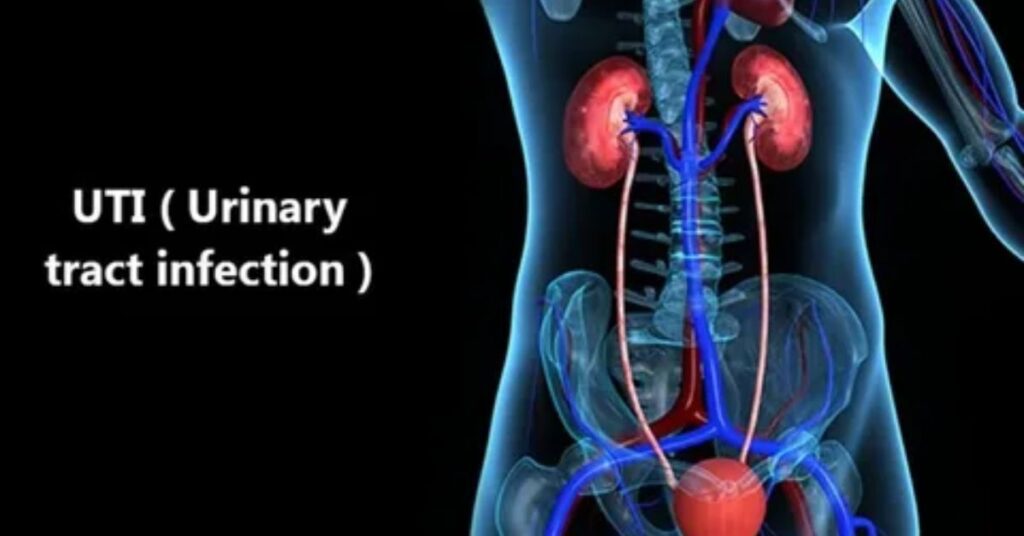There is a gold rush in the pharmaceutical industry. How? biologics are about to lose to their patent which are valued at more than $100+ billion.
The numbers don’t lie. Biologics generated $411 billion globally in 2024. But here’s the kicker: over 15 blockbuster drugs lose patent protection by 2029
This isn’t just industry noise. It’s a massive wealth transfer waiting to happen.
The 2025-2029 Patent Cliff Calendar
| Year | Drug | Company | Sales | Market Opportunity |
| 2025 | Perjeta | Genentech | $4.3B | Dual-biosimilar plays |
| 2025 | Benlysta | GSK | $2.2B | First lupus biosimilar |
| 2026 | Kadcyla | Genentech | $2.3B | ADC complexity barrier |
| 2026 | Taltz | Lilly | $3.2B | IL-17 competition |
| 2027 | Trulicity | Lilly | $5.3B | GLP-1 device wars |
| 2028 | Keytruda | Merck | $29.5B | Immuno-oncology race |
| 2028 | Opdivo | BMS | $9.3B | PD-1 combination plays |
| 2029 | Darzalex | J&J | $11.7B | Multiple myeloma gold |
| 2029 | Ocrevus | Genentech | $7.6B | MS switching challenge |
Full list includes 15 drugs totaling $100+ billion in annual sales
Patents Expiring in 2025
Four major biologics lose exclusivity this year. Each presents different strategic angles.
1. Perjeta (pertuzumab) – Genentech
Use case: HER2+ breast cancer
Global sales: $4.3B
Often used with trastuzumab. Combo biosimilars will be key. Expect complexity in co-formulation and trials.
2. Benlysta (belimumab) – GSK
Use case: Lupus
Global sales: $2.15B
First biologic for SLE. Opportunity lies in making it more accessible globally.
3. Elelyso (taliglucerase alfa) – Pfizer / Protalix
Use case: Gaucher disease
Rare disease. Low competition. First plant-cell–based biologic.
4. Blincyto (blinatumomab) – Amgen
Use case: Leukemia
Global sales: $1B
BiTE tech. Highly complex but transformative. Think twice before diving in—it’s not for generalists.
Patents Expiring in 2026
5. Kadcyla (ado-trastuzumab emtansine) – Genentech
Use case: HER2+ breast cancer
Sales: $2.3B
Antibody-drug conjugates = high manufacturing complexity. You’ll need advanced CMC capabilities.
6. Lartruvo (olaratumab) – Lilly
Use case: Soft tissue sarcoma
Status: Withdrawn in U.S.
Use this as a post-mortem. Understand why it failed to avoid repeating mistakes in PDGFRβ targets.
7. Taltz (ixekizumab) – Lilly
Use case: Psoriasis, psoriatic arthritis
Sales: $3.2B
IL-17 is a competitive space. Payer negotiations and regional strategy are vital.
Patents Expiring in 2027
8. Myalept (metreleptin) – Amryt
Use case: Lipodystrophy
Why it matters: Lifetime therapy = sticky customer base. Orphan opportunity.
9. Sylvant (siltuximab) – EUSA Pharma
Use case: Castleman disease
Sales: $2.34B
Why it matters: Only non-HIV, HHV-8 option. Orphan designation makes it attractive but niche.
10. Trulicity (dulaglutide) – Lilly
Use case: Diabetes
Sales: $5.3B
Why it matters: GLP-1 analogs are booming. Strong delivery device differentiation is key.
11. Repatha (evolocumab) – Amgen
Use case: Cholesterol
Sales: $2.2B
Challenge: PCSK9 needs physician education + trust. Margins are tighter.
Patents Expiring in 2028 and 2029
12. Keytruda (pembrolizumab) – Merck
Use case: Multiple cancers
Sales: $29.5B (yes, really)
Challenge: Immuno-oncology biosimilars face massive regulatory scrutiny and trial complexity.
13. Opdivo (nivolumab) – BMS
Use case: Multiple cancers
Sales: $9.3B
Why it matters: Heavily used in combo trials. Need to track every global study to compete effectively.
14. Darzalex (daratumumab) – J&J (2029)
Use case: Multiple myeloma
Sales: $11.67B
Why it matters: SC versions are gaining traction. Look beyond replication—offer innovation.
15. Ocrevus (ocrelizumab) – Genentech (2029)
Use case: MS
Sales: $7.6B
Challenge: Neurologists are conservative. Real-world data will be your bridge.
Patent Cliff Readiness Plan
Here’s the systematic approach that works:
Phase 1: Intelligence Gathering (18-24 months before patent expiry)
- Patent landscape mapping
- Regulatory pathway analysis
- Competitor pipeline tracking
- Market access preparation
Phase 2: Development Acceleration (12-18 months out)
- Manufacturing partnerships
- Clinical trial design
- Regulatory submission timing
- Commercial team building
Phase 3: Launch Excellence (6-12 months out)
- Payer negotiations
- Hospital system partnerships
- Physician education programs
- Supply chain optimization
The Counterintuitive Winners
The biggest opportunities often hide in plain sight.
Rare Disease Biologics: Drugs like Myalept (lipodystrophy) and Sylvant (Castleman disease) have tiny patient populations but zero competition. Biosimilar development costs are lower. Pricing power remains strong.
Complex Molecules: Kadcyla is an antibody-drug conjugate. Technical barriers delay biosimilar entry. Companies with ADC capabilities can maintain premium pricing longer.
Combination Therapies: Drugs used with other treatments (like Perjeta + Herceptin) create bundling opportunities. Hospitals prefer single-vendor solutions.
The Regulatory Reality Check
Not all patents expire equally across regions. U.S., European, and emerging market timelines differ.
Smart companies stagger launches geographically. They enter emerging markets first to build experience. Then they tackle premium markets with proven strategies.
Regulatory agencies are increasingly sophisticated about biosimilars. Simple molecular copying isn’t enough. Real-world evidence and safety data differentiate winners.
The Bottom Line
Between 2025-2029, over $100 billion in biologic sales transitions from patent protection to open competition. This represents the largest wealth transfer in pharmaceutical history.
Most companies will watch from the sidelines. They’ll focus on internal projects while missing external opportunities.
The winners are moving now. They’re building capabilities, forming partnerships, and positioning for launch. The patent cliff isn’t a distant threat. It’s next year’s opportunity.
The question isn’t whether these patents will expire. It’s whether you’ll be ready when they do. Want to track these opportunities systematically? Start with competitive intelligence on the top 5 molecules in your therapeutic area. Map their patent expiries. Build development timelines. Position for the gold rush before it starts.
FAQs
1. Why should pharma companies care about biologics losing patents?
Because it unlocks over $100 billion in market opportunity. Biosimilars, licensing, and geographic expansions become viable—if companies act early.
2. Which year offers the most strategic biosimilar opportunities?
2025 and 2029. 2025 has early biosimilar entry points like Perjeta and Benlysta, while 2029 features high-revenue giants like Darzalex and Ocrevus.
3. Are rare-disease biologics worth pursuing?
Absolutely. Drugs like Myalept and Sylvant offer low competition, orphan pricing power, and faster approvals—ideal for focused biosimilar strategies.
4. How should companies sequence their biosimilar launches?
Start in emerging markets (faster access, regulatory learning) → then U.S./EU with strong real-world evidence and hospital networks.
5. What are the biggest mistakes companies make during biosimilar planning?
Focusing only on development and ignoring commercial execution—like payer alignment, physician trust-building, and launch logistics.



